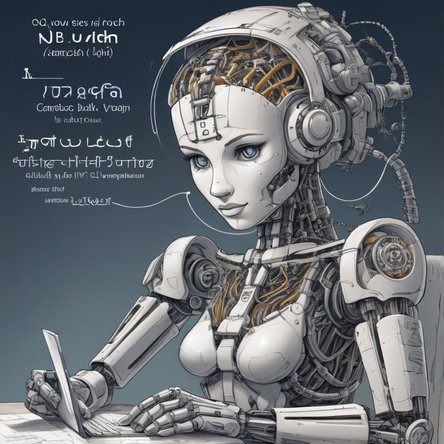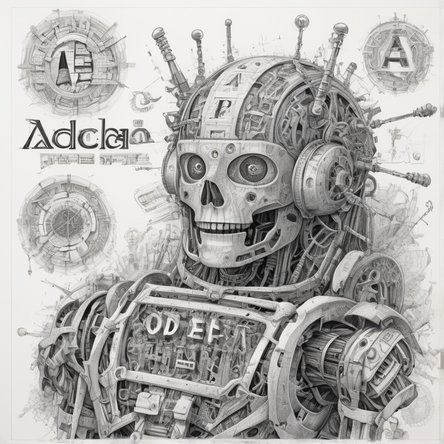Online Data Captcha: Ensuring Security in the Digital Age
Introduction to Captchas
In the ever-evolving digital landscape, security and user authentication are paramount. One of the most widely used methods to ensure that a user is human and not an automated bot is the CAPTCHA, an acronym for Completely Automated Public Turing test to tell Computers and Humans Apart. Initially introduced in the early 2000s, CAPTCHAs have become a cornerstone in online security protocols.
The Evolution of CAPTCHA
CAPTCHAs have undergone significant evolution since their inception. The earliest forms were simple text-based challenges, asking users to identify distorted letters and numbers. These were effective at the time, but as technology advanced, so did the capabilities of bots. This led to the development of more sophisticated CAPTCHAs, including image recognition tasks, audio challenges, and behavioral analysis.
Types of CAPTCHAs
There are several types of CAPTCHAs currently in use. Text-based CAPTCHAs require users to decipher distorted text. Image-based CAPTCHAs ask users to select specific images that match a given criterion, such as identifying all images containing traffic lights. Audio CAPTCHAs provide an alternative for visually impaired users by presenting a series of spoken words or numbers. More advanced CAPTCHAs analyze user behavior, such as mouse movements and keystrokes, to distinguish humans from bots.
The Role of Data in CAPTCHA
Data plays a crucial role in the functioning of CAPTCHAs. Machine learning algorithms are used to create and verify CAPTCHA challenges. These algorithms are trained on vast datasets containing examples of human and bot interactions. By analyzing patterns in this data, CAPTCHAs can adapt to new threats and maintain their effectiveness.
Online Data Captcha: A Modern Approach
Online Data Captcha is a modern iteration of CAPTCHA technology that leverages real-time data and advanced algorithms to provide robust security. This approach utilizes big data analytics and machine learning to create dynamic and adaptive challenges that are difficult for bots to bypass.
How Online Data Captcha Works
Online Data Captcha works by continuously collecting and analyzing data from various sources. This data includes user interaction patterns, device information, and network behavior. By analyzing this data in real-time, Online Data Captcha can generate challenges that are tailored to the specific user and context. This makes it much harder for bots to predict and solve the challenges.
Advantages of Online Data Captcha
Online Data Captcha offers several advantages over traditional CAPTCHA methods. Firstly, it provides a higher level of security by using real-time data and advanced algorithms. Secondly, it offers a better user experience by presenting challenges that are easier for humans to solve but more difficult for bots. Finally, it can adapt to new threats and remain effective in the face of evolving technology.
The Importance of User Privacy
While Online Data Captcha relies on extensive data collection, it is essential to ensure that user privacy is maintained. Data should be anonymized and securely stored, and users should be informed about how their data is being used. Transparency and compliance with data protection regulations are crucial in building user trust.
Implementing Online Data Captcha
Implementing Online Data Captcha involves integrating the technology into existing web platforms and applications. This typically requires working with a CAPTCHA service provider that offers the necessary tools and support. The implementation process should include thorough testing to ensure that the CAPTCHA challenges are effective and do not disrupt the user experience.
Challenges and Considerations
Despite its advantages, Online Data Captcha is not without challenges. One of the main concerns is the potential for false positives, where legitimate users are incorrectly identified as bots. To mitigate this risk, the CAPTCHA system should be continuously monitored and fine-tuned. Additionally, the reliance on data collection raises privacy concerns, which must be addressed through robust data protection measures.
Future Trends in CAPTCHA Technology
The future of CAPTCHA technology lies in the continued development of machine learning and artificial intelligence. As bots become more sophisticated, CAPTCHA systems will need to evolve to stay ahead. This may involve the use of biometric data, such as facial recognition or voice analysis, to provide even more secure and user-friendly authentication methods.
Conclusion
Online Data Captcha represents a significant advancement in CAPTCHA technology, offering robust security through the use of real-time data and advanced algorithms. By providing adaptive and dynamic challenges, it can effectively distinguish between humans and bots while maintaining a positive user experience. However, it is essential to balance security with user privacy and address potential challenges through continuous monitoring and improvement. As technology continues to evolve, so too will CAPTCHA systems, ensuring that they remain a critical tool in the fight against online threats.




